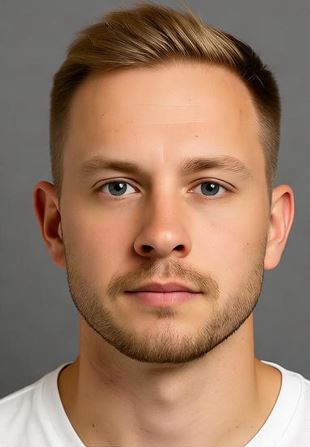The key to perfect vision: This is how our brain stabilizes images!
New research report from ISTA reveals how the lateral geniculate body in the brain makes image corrections during movement.
The key to perfect vision: This is how our brain stabilizes images!
At the heart of our brain there is a true “image stabilizer” – the lateral geniculate body (CGL). This amazing structure's job is to correct the visual experience by smoothing out movement and preventing distortion. In a recent publication in the renowned journal “Nature Neuroscience,” researchers from the Institute of Science and Technology Austria (ISTA) revealed amazing details about how this image correction occurs in the early stages of visual processing. According to Maximilian Jösch from ISTA, who works in Klosterneuburg, the lateral knee tuberosity integrates sensory and motor signals and enables efficient processing of visual impressions in the brain.
The CGL, as part of the thalamus, receives information from the retina and transmits it to other areas of the brain via the optic radiation. Visual signals that could be affected by movements are immediately corrected. This means that the perception of the surroundings remains stable and is processed energetically and precisely, especially during movements. These findings could have profound implications for our understanding of visual perception and how our senses interact with each other to form a coherent picture of the world.
Latest findings about the CGL
The lateral knee tuberosity is not just a passive transmitter of information; it plays an active role in processing and modifying visual signals. During experiments in which mice interacted with a virtual reality, the researchers were able to show that activity patterns in the neurons of the CGL play a crucial role in the integration of movement and sensory input. “As soon as the eye moves, the lateral geniculate body sharpens the visual signals,” explains Jösch, suggesting that we humans also benefit from similar processes to maintain a clear view of our dynamic surroundings.
The CGL not only enables rapid movement perceptions, but also contributes to the detailed perception of colors and shapes. These neuroanatomical structures are crucial because they process information in different layers, allowing us to correctly perceive and identify objects in space, even if they are moving quickly or we are moving.

 Suche
Suche
 Mein Konto
Mein Konto
